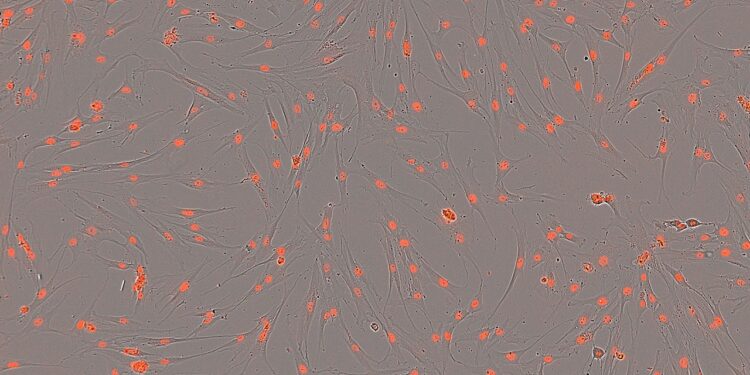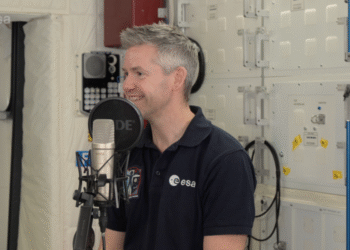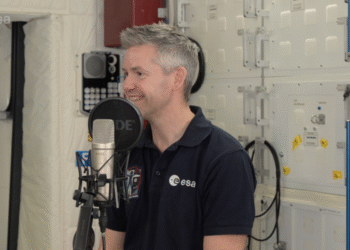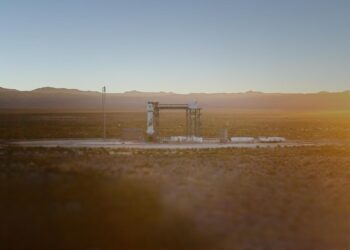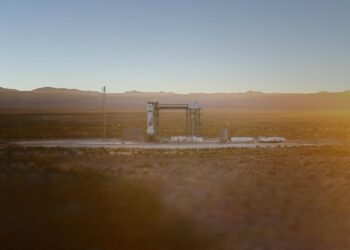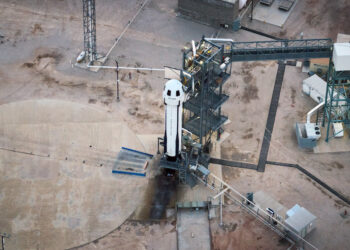NASA is proactively researching solutions to address bone loss experienced by astronauts during long-duration space missions. This research is crucial as space exploration missions extend beyond Earth’s gravitational pull, where prolonged weightlessness leads to significant bone density reduction. The loss of bone density poses a serious health risk and could impair an astronaut’s ability to perform mission-critical tasks.
Research Objectives
Key objectives of NASA’s investigation include understanding the mechanisms of bone density loss and developing effective countermeasures. These efforts aim to ensure the health and safety of astronauts who will embark on missions that stretch longer durations and farther distances, such as missions to Mars.
Current and Proposed Measures
NASA has initiated several promising studies, deploying them aboard the ISS to observe their effectiveness in real-time space conditions. These studies include experimenting with drugs that inhibit bone reabsorption and enhancing exercise routines tailored to addressing bone density issues. The goals of these initiatives are:
- To maintain bone density in astronauts.
- To discover viable treatments and preventive measures.
- To better understand the biological responses to prolonged weightlessness.
Use of the ISS as a Laboratory
The International Space Station (ISS) serves as a pivotal research laboratory where experiments can be conducted in a microgravity environment. The ISS provides insights that are not replicable in Earth-based laboratories, offering a unique platform for understanding how space affects human physiology.
Future Implications
Findings from this research have profound implications for future space travel. They could lead to the development of new treatment strategies, ensuring astronauts remain healthy and capable of high-performance functionality during missions. Ultimately, this research is a critical component in the preparation for future missions to the Moon and beyond.
For more detailed information on NASA’s initiatives regarding bone loss in space, you can visit the NASA’s official page.


